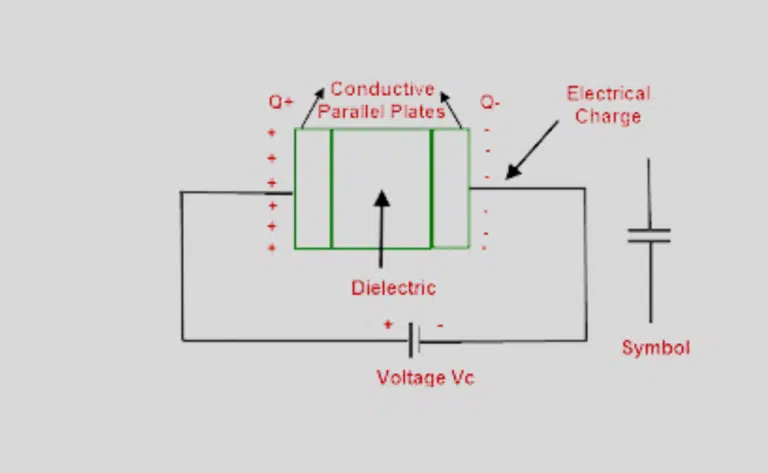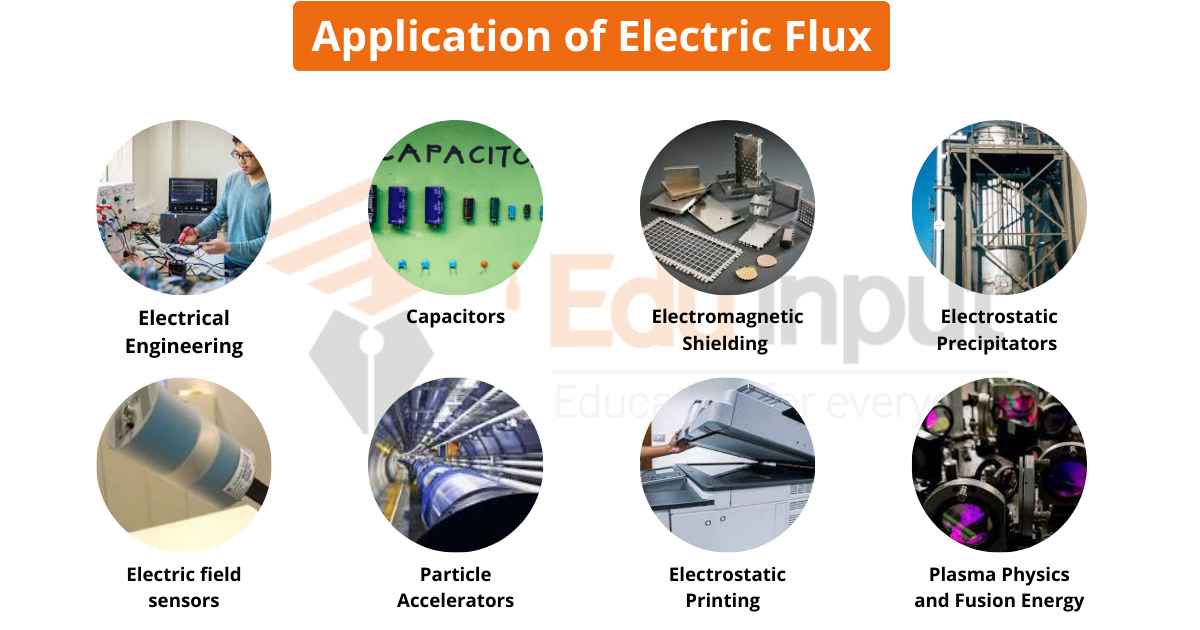Difference Between Dielectric and Capacitors
The main difference between dielectric and capacitors is dielectric materials have no electric charge while capacitors do.
A capacitor stores electrical energy in an electrostatic field between two electric conductors (plates). When current flows through the plates, they become polarized and create an electric field around them.
If a dielectric material is placed between the plates, the electric field cannot penetrate the dielectric material. In this case, the dielectric material does not store any energy.
What is Capacitor?
Capacitors are electrical components that store electricity. They have two electrodes separated by a dielectric material. When voltage is applied across the capacitor, electric charge flows through the electrodes until the potential difference between them reaches zero.
A capacitor consists of two conductors (electrodes) separated by a non-conducting insulator (dielectric). In order to maintain the separation between the two plates, capacitance is measured in Farads.

Capacitors are commonly used in electronic circuits to filter high-frequency signals, smooth out power fluctuations, block DC voltages, and provide a means to hold a steady voltage while switching transistors on and off. Supercapacitors can also be used to provide backup power for devices that need to keep running even if there is a power outage.
What is dielectric?
Dielectric is a material that does not conduct electricity. A capacitor is a device that stores electrical charge. Dielectrics are used in capacitors to prevent the flow of current between two electrodes.
A poor conductor of electric current and an efficient supporter of electrostatic fields are some of the qualities of a dielectric material. It is a substance that has the ability to endure high electric stress without losing its elasticity. The electric charge in the form of an electric charge is held by the dielectric when stress is applied.
When the stress is eliminated, most of the energy is retained. When a material comes in contact with a field of the electrical field, it becomes a more or less insulating material. Similar to any material, a dielectric is an assembly of ions with positive and negative charges which balance to ensure electrical neutrality.
Positive charges are displaced in the direction of the electric field, and negative charges are displaced in the opposite direction of the field.
Difference Between Dielectric and Capacitors
There is some difference between dielectric and capacitors.
| Capacitor | Dielectric |
|---|---|
| The capacitor has an electric charge | Dielectric has no electric charge |
| The capacitor is a two-way electrical component consisting of a pair of conductors separated by a dielectric | A Dielectric is an electrical insulator with the ability to withstand high electric stress |
| The primary function of capacitors is to store electrical energy in an electric field | Dielectric is used to separate conductors at different potentials |
| The capacitors are used in coupling and decoupling of signals and power supply smoothing applications. | The main use of dielectric is in fabricating capacitors |
| Capacitors are more costly than dielectric | As compared to capacitors the dielectric is very cheap |
Frequently Asked Questions(FAQs)
What is the relation between dielectric and capacitance?
The dielectric constant is a measure of how easily a material can be polarized by an electric field. The higher the dielectric constant, the more charge can be stored. When filling the space between capacitor plates with a dielectric material, the capacitance is increased by a factor of the dielectric constant.
Do all capacitors have a dielectric?
Yes, all the capacitors have a dielectric. A capacitor is an electrical component made up of two conductive metal plates separated by a non-conductive dielectric material. When voltage is applied to the capacitor’s electrode plates, it creates an electric field in the dielectric material.
What is a dielectric example?
Solid Dielectrics – Ceramic, Plastic, Mica, and Glass.
Dielectric Liquid – Distilled Water.
Dielectric Gas – Dry Air, vacuum, nitrogen, and helium.
Is oil dielectric?
All lubricating oils are dielectrics to varying degrees. A capacitor is a classic example of using a dielectric. A capacitor stores an electric charge which can then be discharged later.
Lubricating oils can do the same thing. When used in a capacitor, the oil can hold a charge for a longer period of time than if the capacitor were to not have any oil in it.
What type of oil is used in capacitors?
Transformer oil (or insulating oil) is a type of oil that can withstand high temperatures and has excellent electrical insulating properties.
It’s used in oil-filled transformers (wet transformers), some types of high-voltage capacitors, fluorescent lamp ballasts, and some types of high-voltage switches and circuit breakers.







Leave a Reply